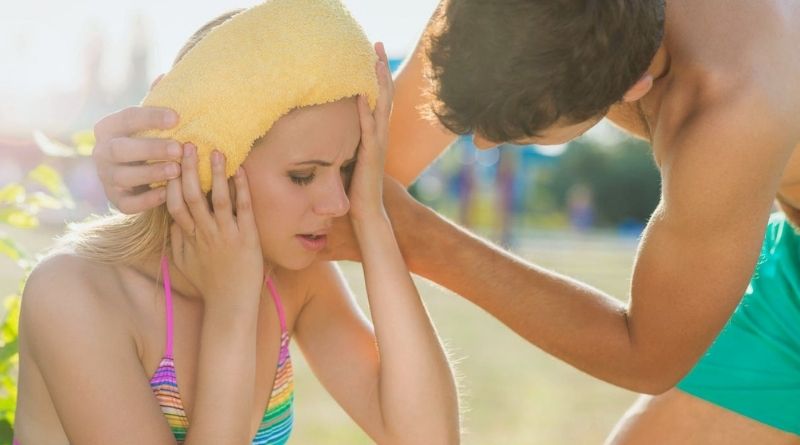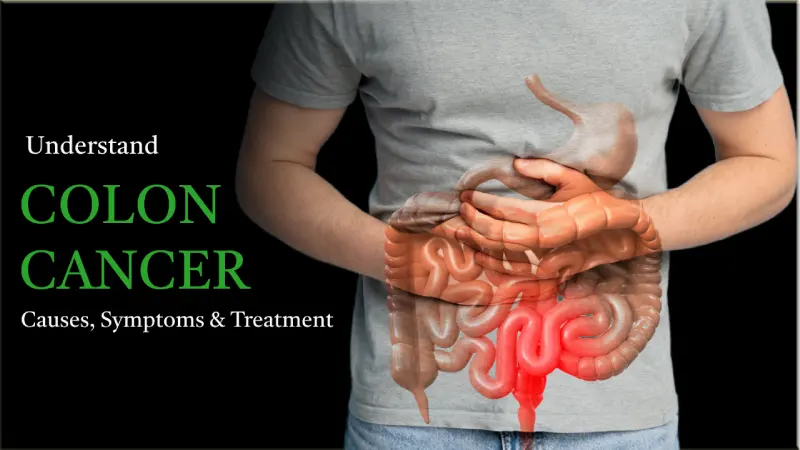Summer has finally arrived and the sun and warmth are bringing a lot of ideas for outdoor activities. But do not forget that heat exposure can have negative consequences. Follow our advice to avoid heatstroke and enjoy the summer!
The best way to beat the heat is to spend a vacation in the mountains, but not everyone can control it all the time. Many need to be encouraged to do so in such extreme situations. Take the following measures against all summer ailments including dehydration, fever, and heat exhaustion.
Heatstroke symptoms
- Headaches
- Dizziness
- Muscle cramps or weakness
- Rapid, shallow breathing
- Flushed skin
- Lack of sweat despite the heat
- Nausea and vomiting
- Racing heartbeat
- Inability to walk
- Seizures
- Unconsciousness
- Dehydration
What Causes HeatStroke can occur?
There are two types of Heat stork are there:
- Exertional
- Non-Exertional
Exertional heatstroke is caused by an increase in body temperature due to intense physical activity in hot weather. Anyone who exercises or works in hot weather may have severe heatstroke, but it is more likely to occur if you are not used to high temperatures.
Non- exertional heatstroke, a hot climate increases body temperature. This type of heatstroke usually occurs after prolonged exposure to hot and humid weather. It is more common in the elderly and those with chronic diseases.
With two types of heatstroke, your condition may look like the following:
- Wear extra clothes so the sweat does not evaporate easily and keeps your body cool
- Alcohol affects your body’s ability to control your temperature
- Dehydration is caused by not drinking water to replace the fluid lost through perspiration.
Also Read: What are the benefits of Drinking Hot Water
Risk Factors for HeatStroke
Age. Children under the age of 4 and Adults over 65 are particularly at risk because they are more susceptible to heat than other people.
Health conditions. These include heart, lung, or kidney disease, obesity or low birth weight, high blood pressure, diabetes, mental illness, sickle cell disease, alcoholism, sunburn, and other conditions.
Medication. These include histamines, diet pills, diuretics, drugs, tranquilizers, stimulants, anticonvulsants, heart, blood pressure, beta-blockers, vasoconstrictors, and antidepressants. Illegal drugs such as cocaine and methamphetamine increase the risk of heatstroke.
A recent study presented at the annual meeting of the Endocrine Society found that people with diabetes – emergency room visits, hospitalizations, and deaths from heat-related illnesses – were at lower risk, especially in hot climates.
Also Read: 22 Best Foods For Low Blood Sugar
Tips to avoid Sunstroke/Heat Stroke
Limit exposure to sun and heat
Avoid exposure to sunlight, especially when the heat is on or between 11 am and 5 pm. during summer. Try resetting your work in the morning or evening.
However, if for some reason you want to go to public places, as often as possible, try to find a cool or air-conditioned place like a mall, shopping centre, shady park, or movie theatre.
Be sure to carry an umbrella, hat, or cap when you go out. Make sure you cover yourself well with a dupatta or full sleeve dress. Apply plenty of sunscreens to prevent sunburn, as sunburns take longer to cool down.
Keep Yourself Hydrated Every Time
Drink plenty of water, fruit juice, caffeine, and non-alcoholic beverages throughout the day. Do not expect to be thirsty for fluids. If you sweat, drink plenty of fluids to prevent dehydration.
Dress appropriately
Wear cotton or linen fabrics as they are comfortable and lightweight. They begin to circulate air in the body. Wear bright or light-colored clothes instead of shiny ones.
Keep Your Living Area Cool
At night, keep your windows open so that the cool, cool air and daylight can pull the curtains up.
Do Not Overexert Yourself
Avoid exercising in extreme temperatures. Also, limit strenuous physical activity such as landscaping or moving furniture and carrying heavy bags to and from the grocery store during the hottest part of the day. All of these can lead to physical exercise leading to heatstroke. If you cannot avoid such actions, drink plenty of fluids to stay hydrated.
Limit Alcohol
Heat-related illnesses are exacerbated by alcohol or caffeine intake when the body begins to lose more fluid than it consumes. Therefore, caffeine and alcohol increase the risk of dehydration.
Avoid Spicy Food and Consume Water content Fruits
Avoid spicy food in summer. Instead of spicy food include cucumbers, tomatoes, watermelon, or any other orange or yellow coloured fruit to your diet Also eat more leafy vegetables.
Pay special attention to at-risk people
Children and the elderly are more likely to have heatstroke because their body does not effectively manage temperature changes. Give them something to drink occasionally and keep in a cool place.
Some health problems such as obesity, high blood pressure, alcoholism, mental illness, and chronic respiratory illness make people susceptible to heatstroke and require special attention.
Take Extra Care for Your Baby
Unlike adults, children struggle to control their body temperature. Any external increase in temperature can be a real danger to them and they need to be closely monitored.
In infants, you may suspect a heatstroke if they do not shed tears, if their mouth is dry, if the soft spots on their head are slightly sunken, or if the diaper is not wet for more than 8 hours.
Do not keep children in the sun or the sun for too long. Also, be careful not to leave your child alone in a parked car.
Bottom Line
Hopefully, you can prevent sunburn in the summer by following the tips above. However, if a family has a case of heatstroke despite having taken the necessary steps, go to the nearest medical facility.
Sources:




